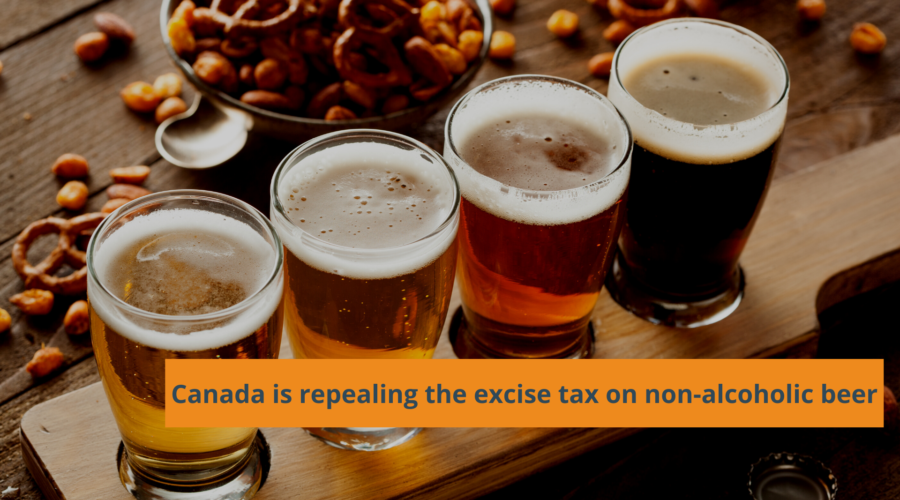POLITIQUE AGRICOLE : À QUAND LA FIN DES UTOPIES ?
Le secteur énergétique n’est pas le seul concerné par la guerre en Ukraine, les sanctions qui l’ont suivie, et des problèmes d’approvisionnement en ressources essentielles. La stratégie de l’UE semble en revanche faite pour aggraver la situation…
En Europe, tous les consensus politiques des dernières années et décennies sont jetés par la fenêtre. Le pacifisme allemand, la conviction de Macron que l’Otan est « en mort cérébrale » et, maintenant, toute la stratégie de durabilité du continent en matière d’agriculture sont remis en question.
Le Parti populaire européen (PPE), le plus grand groupe parlementaire du Parlement européen, demande en effet que la stratégie « Farm to Fork » soit annulée.
Une stratégie remise en cause… depuis le début
Pour rappel, cette stratégie de la Commission européenne vise à réduire de 50% l’utilisation de pesticides et de 20% celle des engrais, ainsi qu’à consacrer 25% des terres agricoles à l’agriculture biologique. Critiquée dans un premier temps par les représentants du monde agricole, puis confrontée à une étude de l’USDA montrant que cette politique causerait une réduction considérable de la production agricole, la Commission européenne a néanmoins poursuivi le processus législatif.
Cependant, maintenant que la guerre en Ukraine et les sanctions contre la Russie mettent l’approvisionnement alimentaire européen sur des marges plus étroites que jamais, une conclusion de l’USDA cause de grandes inquiétudes à Bruxelles. En effet, selon cette étude américaine, suite à l’application de cette stratégie, les prix agricoles s’envoleraient de 20 à 53%. Cette étude prédit aussi une baisse de la production agricole en Europe comprise entre 7 et 12%.
Parallèlement, la baisse du PIB de l’UE représenterait 76% de la baisse du PIB mondial. Et la situation de la sécurité alimentaire et des prix des produits alimentaires de base se détériorerait considérablement, dans le cadre d’un scénario d’adoption mondiale, comme l’ont constaté les chercheurs de l’USDA.
Maintenant, les politiciens du PPE, comme l’italien Herbert Dorfmann, disent que la Commission européenne « devrait éviter de présenter d’autres propositions législatives qui ont des impacts négatifs sur la sécurité alimentaire européenne ». Le fait que l’une des plus fortes influences politiques de l’UE déclare que nous devrions oublier la réforme agricole la plus importante depuis des décennies « pour le moment » devrait soulever des questions.
Si un nouveau système alimentaire est si intrinsèquement vulnérable aux changements géopolitiques, cela ne le disqualifie-t-il pas sur le long terme plutôt que sur le court terme ?
Et ce principe n’est pas attaqué qu’au niveau européen. Emmanuel Macron a rajouté son grain de sel, expliquant que « [les] objectifs [de la stratégie] doivent être revus car l’Europe ne peut en aucun cas se permettre de produire moins », avant de mettre en garde contre une « crise alimentaire profonde » qui pourrait survenir dans les mois à venir.
L’Ukraine représente 30% des échanges mondiaux de blé et d’orge, 17% du maïs et plus de la moitié de l’huile et des graines de tournesol (88% pour l’Europe). Elle est également le principal partenaire commercial de l’UE pour le soja non-OGM, utilisé pour l’alimentation animale, ainsi que pour 41% du colza et 26% du miel.
Les prix du blé et du maïs se sont déjà envolé depuis le début de la guerre. Maintenant que l’Ukraine a également interdit toute exportation de denrées alimentaires essentielles vers l’Europe afin de garantir son propre approvisionnement, le Vieux Continent se trouve face à une situation catastrophique pour le secteur agricole.
Que peut faire l’Europe ?
L’UE pourrait réagir en réactivant les anciennes boîtes à outils pour la protection des cultures, en autorisant le génie génétique moderne et sûr, et en réduisant les droits d’importation sur les pays qui pourraient fournir à ce continent les biens dont il a besoin.
Ce n’est vraiment pas le moment de faire un discours de vertu sur le fait que l’Europe possède les normes alimentaires imaginaires les plus élevées, qui n’ont ni protégé l’environnement ni fourni une alimentation plus saine aux citoyens. Ce n’est pas non plus le moment de miser sur les aliments biologiques, qui nécessitent plus d’eau et de terres agricoles, tout en exigeant une abondance de pesticides.
Malheureusement, de nombreux écologistes voient dans cette crise une raison de revoir leurs ambitions à la hausse, et non de revoir leurs promesses. Pour l’instant, l’Union européenne à Bruxelles s’en tient à l’objectif de réduction de 50% des pesticides, malgré les avertissements des représentants des agriculteurs sur la baisse des rendements.
Tout récemment, l’UE a cependant publié un document qui appelle les Etats membres à faire davantage pour atteindre les objectifs fixés : au lieu de la réduction de 25% convenue précédemment, l’UE vise désormais 40 % des terres agricoles dédiés au bio. Et peu importe que de nombreux Etats membres soient aux prises avec des problèmes de chaîne d’approvisionnement causés par le Covid-19, un taux d’inflation record et la guerre en Ukraine…
Nous devons supposer que, comme elle le fait si souvent, Bruxelles estime que la nourriture est tout simplement trop bon marché actuellement.
Quel étrange phénomène que, dans cette crise, Emmanuel Macron se soit révélé être l’une des voix les plus raisonnables : construction de centrales nucléaires, suppression des règles de durabilité prévues. C’est presque comme si le président français avait tiré des leçons du mouvement des gilets jaunes. Il semble que face à la crise en Ukraine, qui se résume à l’idéologie contre la réalité, Macron a fait son choix.
Cependant, pour que la politique de l’UE soit réellement affectée, il ne suffit pas que Macron soit de la partie. Certaines des pires décisions agricoles de ces dernières années ne pourront être annulées que si les dirigeants sont prêts à voir les erreurs de leurs méthodes.
L’UE devra remettre en question son approche de la durabilité et envisager sérieusement la sécurité alimentaire dans les mois à venir. Tout devrait être sur la table, d’une réévaluation plus rapide des règles relatives au génie génétique à un moratoire sur les nouvelles réglementations agricoles. Ce rapport servira d’avertissement à ceux qui cherchent à modifier radicalement la réglementation des systèmes alimentaires mondiaux et nationaux.
Originally published here










